Yoga is derived from a Sanskrit word called “Yuj,” which means “to join.” There are many benefits of yoga. One of them is that it connects your brain(thought) with your body, further increasing your awareness of your surroundings. Here we are talking about 3 Yoga Poses For Mental Health that help you with this hectic lifestyle, competitive mindset, or bad routine. Yoga should be an inevitable part of our lifestyle, and with this, if you take care of your diet, then it result would be magical because without a healthy diet, yoga would not be resultful.
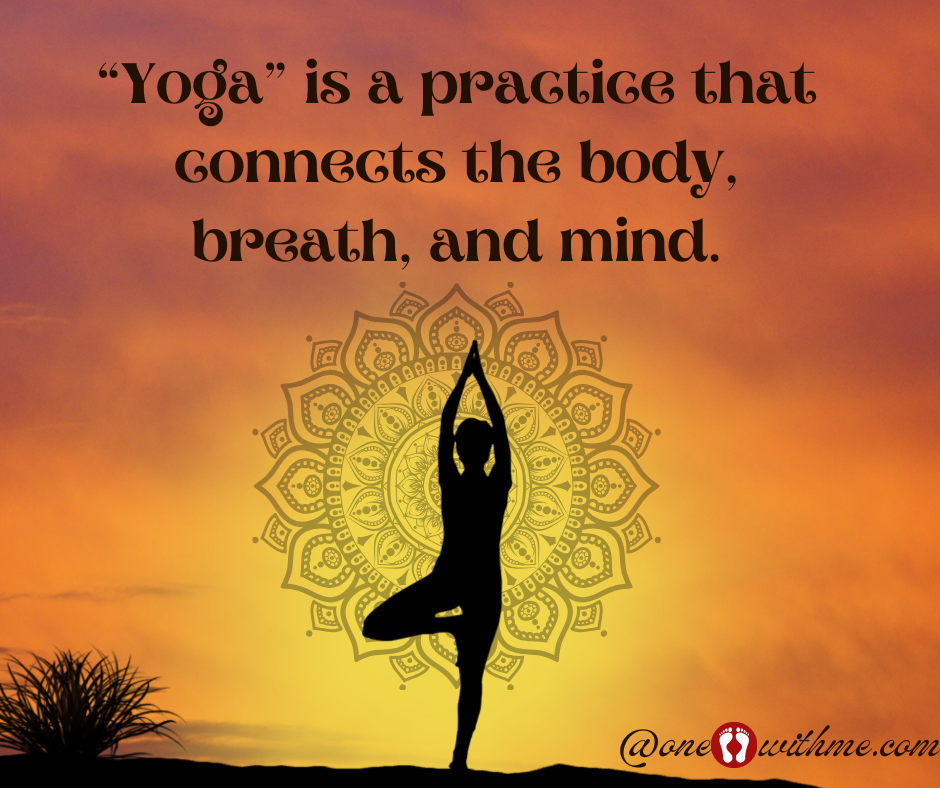
3- Yoga Poses For Mental Health :
Yoga pose is a synonym of asanas. It is a Sanskrit word meaning “posture” or “pose.” Asanas emphasize flexibility, relaxation, and stretching. You don’t need to start yoga with a professional teacher, although you can start by yourself with very little as just focusing on your long breath.
1) Child’s Pose (Balasana)
Bala- child; Asana- pose 0r mudra ……….( in Sanskrit Language)
Every yoga pose has its focus area of the body and benefits. Child’s pose, or Balasana, makes you calm and relaxed, and helps manage stress. This pose activates the parasympathetic nervous system (the relaxation response) and deactivates the sympathetic nervous system (the stress response).
It also gently stretches the hips, thighs, and lower back, enhancing flexibility and preventing stiffness in the hips and pelvis. Child’s Pose is yoga’s most important resting posture and a wonderful way to stretch your body.
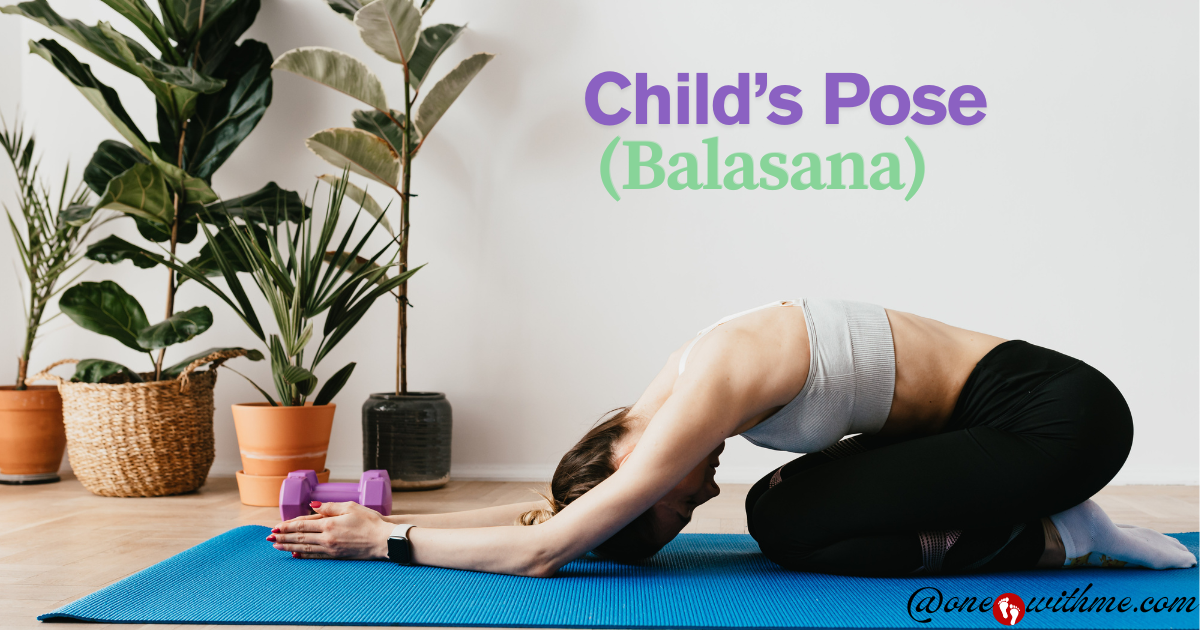
In Sanskrit, the word “Bala” means child and “asana” means posture. This posture represents the child-like quality of innocence, surrender, and trust. When practicing Child’s Pose, one is symbolically returning to a state of innocence and surrendering to the present moment.
How to do this pose –
- Come to your hands and knees on the floor or yoga mat.
- Spread your arms forward, reaching towards the top of your mat, and down your hips, back towards your heels.
- Rest your forehead on the mat and rest your belly between your thighs.
- Stay as long as you like, breathing deeply and steadily.
2) Legs Up the Wall (Viparita Karani)
Viparita- inverted or reversed; Karani- action or doing ……….( in Sanskrit Language)
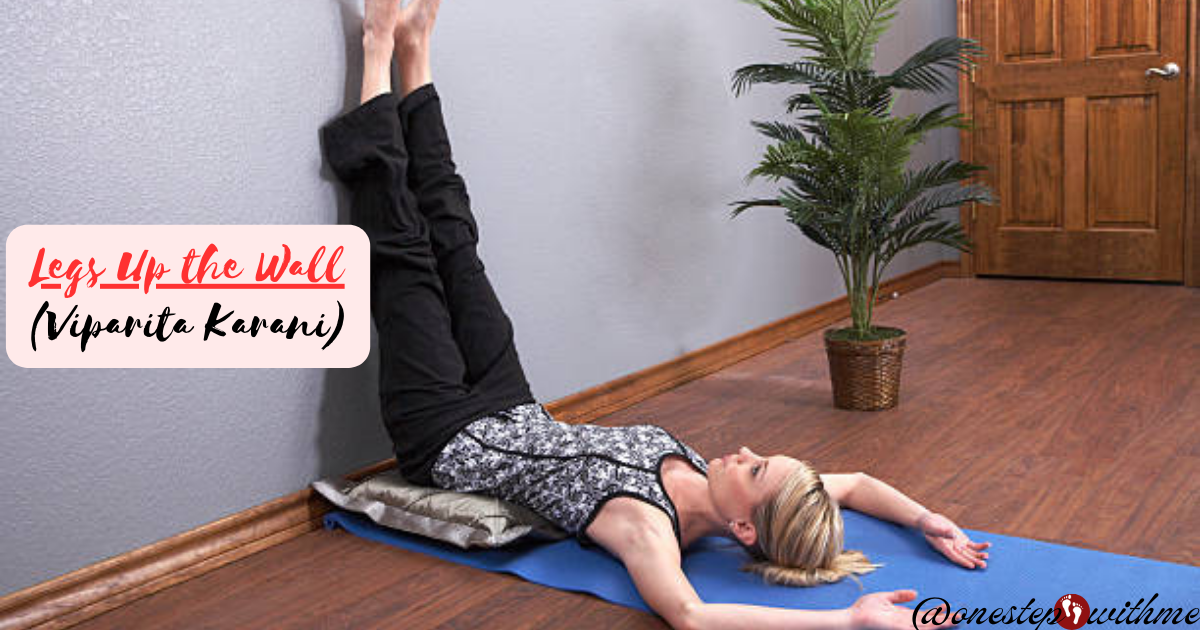
Psychological Benefits of the Legs-up-the-Wall Pose like reducing stress, anxiety, and tension. It also reduces leg swelling, fatigue, and cramps. And the important one is that it improves blood circulation to the heart, especially helpful if you’ve been on your feet all day.
The Legs-up-the-Wall Pose is also called an inversion yoga pose, which means the hips and heart are above the head.
How to do this pose –
- Sit sideways next to a wall, and your knees bent and feet drawn in toward your hips.
- Gently lower your back to the floor as you swing your legs up onto the wall.
- Place your arms in any comfortable position.
- Keep your back flat on the floor.
- Stay in this position for 2 to 20 minutes.
- To release the pose, gently push yourself away from the wall.
- Gently bend your knees and roll to one side.
- Rest for a few moments before slowly moving into an upright position.
3) Tree Pose (Vrikshasana)
Vriksh- Tree; Asana- Pose or Posture ……….( in Sanskrit Language)
This yoga pose or mudra focuses on your core part of your body. Your core is the central part of your body. It includes your pelvis, lower back, hips, and stomach. It improves balance, stability, and strengthens legs and ankles. It enhances the posture of the body that resulting in a form of improved focus and concentration, and calms the mind.
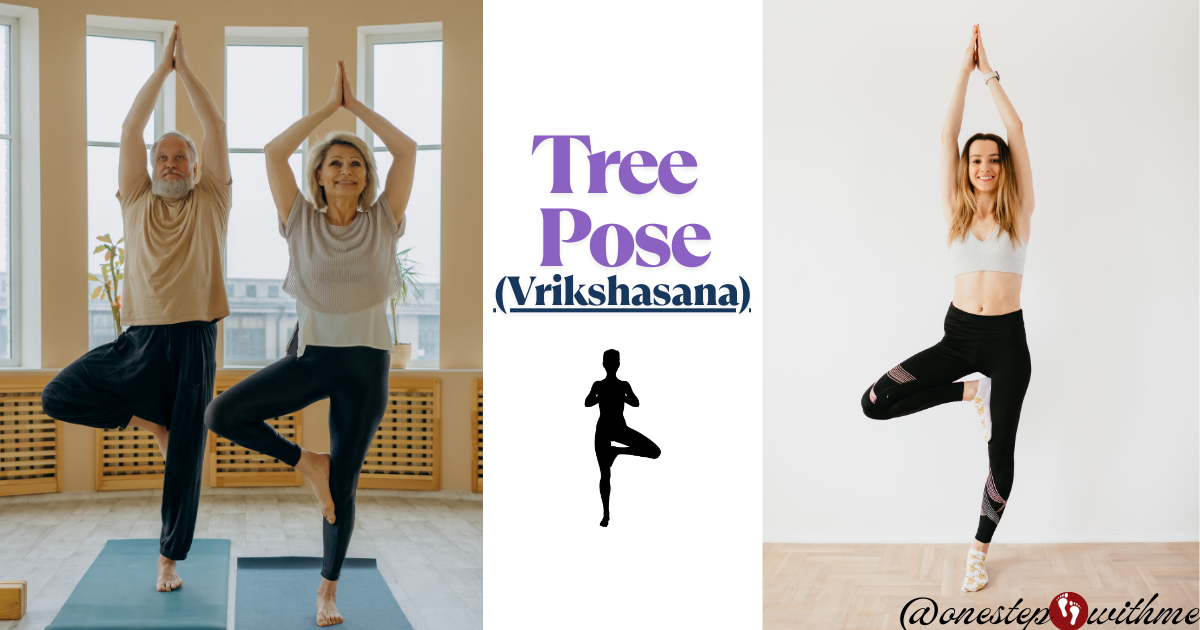
How to do this pose –
- Begin by standing tall with feet together on your yoga mat, lift your chest, and lengthen your spine.
- Slowly shift your weight onto your left foot and lift the other foot, placing it on the inner thigh.
- Bring your hands to the heart center in a prayer position (Anjali Mudra), palms facing each other.
- Fix your gaze on a point in front of you (this is called your drishti) to help maintain balance.
- It is optional, but you can raise your hands.
- Maintain the Tree Pose final position for 5–10 breaths.
- Lower your arms, then gently release your right foot back to the floor.
- Return to Mountain Pose and repeat on the other side.
Saying :
“Yoga is the perfect opportunity to be curious about who you are” ― Jason Crandell.
For fenugreek benefits for hair, click here
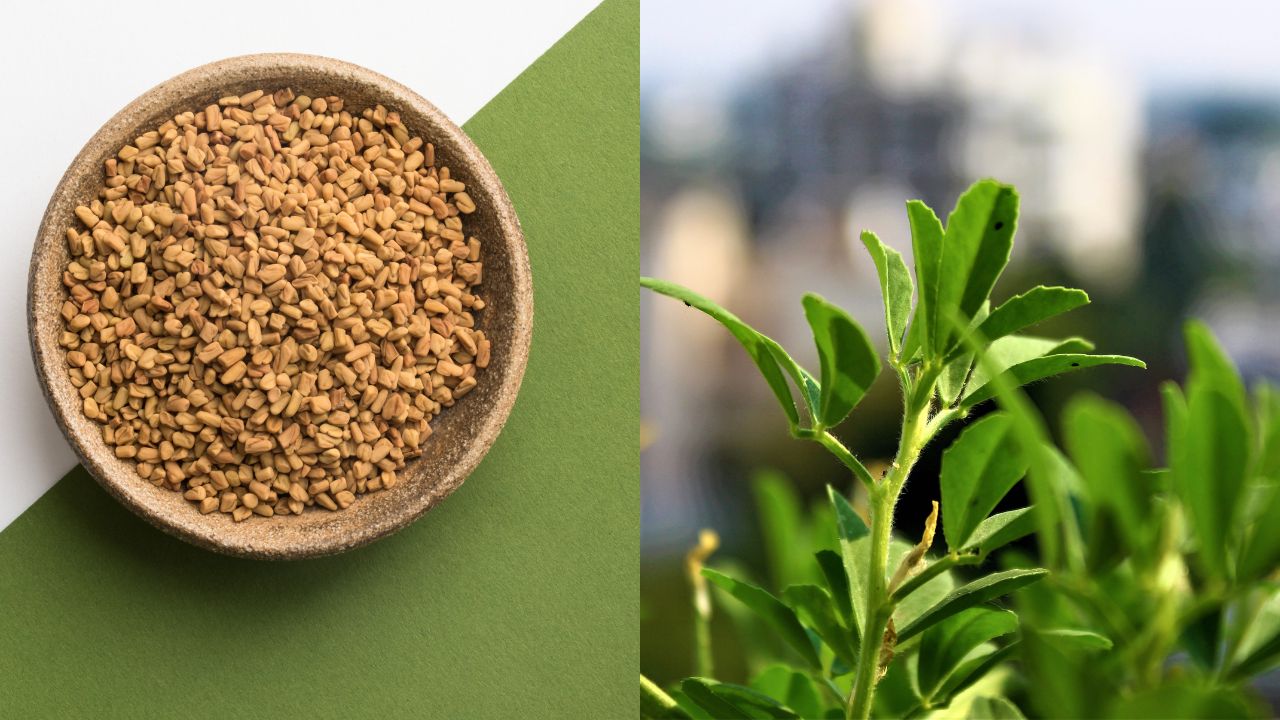



Pingback: Fenugreek benefits for hair - 7 ways to use it
kjizyxxqdqdzmeiwptysywhlomprnu